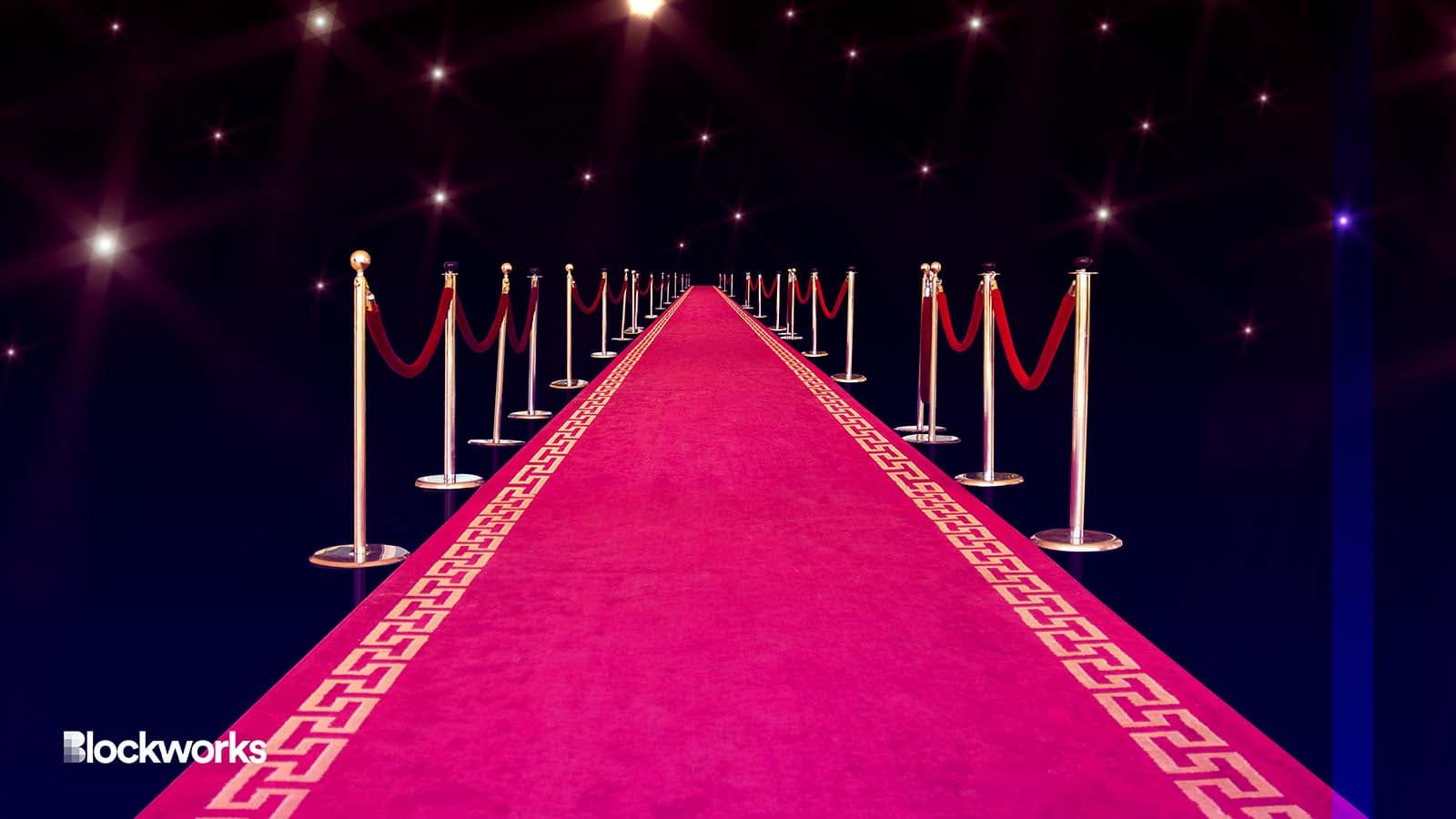Ordinals deserve a red carpet welcome
No matter what some critics might think, Bitcoin miners should welcome Ordinals with open arms

alphaspirit.it/Shutterstock modified by Blockworks
In the past month, the crypto community has been going wild over Ordinals, a protocol that enables users to mint NFT-like assets called inscriptions directly onto Bitcoin.
With nearly 12 million inscriptions now created on top of the BTC blockchain, the hype around this new tech has led to a surge in demand for computing power. As the latter is required to validate transactions in the Bitcoin network, this sudden increase in demand has significantly raised transaction fees as miners compete for available resources.
Some experts have spoken out against Ordinals, emphasizing the protocol’s vulnerability to scams and issues with slower speeds. But I maintain that this network overload will likely be transitory, and viable layer-2 protocols will emerge to improve transaction speeds and security.
I’m strongly in favor of Ordinals, regardless of any temporary issues currently at hand — because I believe they will have a net positive effect on the profitability of BTC mining in the long run, especially considering the upcoming 2024 halving.
New testing opportunities for Bitcoin applications are an innately worthy trend, adding more meaning to the cryptocurrency in the grand scheme of things.
Raising the stakes for bitcoin mining
As a Bitcoin ideologist, I see why so many users are attracted to Ordinals. It’s safe to say that Bitcoin has one of the most powerful brands in the crypto industry. BTC is still the largest cryptocurrency by market capitalization, and Bitcoin has the most extensive history among all blockchains. It’s a big deal that it finally became possible to launch NFT-like assets on the network.
For miners like myself, the rising popularity of Ordinals has been more than welcome news. With Bitcoin’s scalability limited to around seven transactions per second (TPS), a sudden increase in demand for computing power often translates to higher fees. As each halving reduces block rewards (validators’ primary source of revenue) by 50% every four years, this shift in profitability away from rewards is something that should be welcomed by many miners.
Why 2017 has little to do with 2023
For a long time, the 2017 bull market was the last time Bitcoin transaction fees surpassed block rewards for miners. This changed in May 2023, when multiple mining pools mined blocks where fees exceeded the 6.25 BTC block subsidy.
But don’t you worry that 2017 has much in common with the 2023 situation.
Six years ago, Bitcoin transaction fees were higher than block subsidies due to the overall crypto market hype and massive bull run, which significantly increased demand for regular transfers. Since then, several improvements have been made to the Bitcoin protocol to enhance its TPS capacities, such as SegWit, transaction batching and intra-exchange transactions.
Read more from our opinion section: Decentralization is a zero-sum game
Now, for the second time in history, we see that miners are not fully dependent on block rewards. Most importantly, the current period of high transaction fees changed the perception of the sustainability of bitcoin mining. Practically speaking, I see that transaction fees will most likely become the main source of revenue in the future’s mining industry. And as Bitcoin’s adoption and usability increase, miners are expected to earn more from commissions than via block rewards.
Bitcoin miners learn to adapt
The hype around Bitcoin Ordinals came with a number of changes, and we, bitcoin miners, will need to adapt to remain profitable. We need to upgrade our mining infrastructure and software and optimize energy efficiency to address the challenge of reduced block rewards.
I expect that more applications will be written on top of the Bitcoin protocol now that Ordinals have paved the way, and we will see more use cases and a greater boost in Bitcoin adoption in the next couple of years.
Regardless of the concerns raised with how Ordinals as a technology exists now, I still believe that experimenting with the Bitcoin network’s capabilities can only help support the overall ecosystem, both now and in the future.
Get the news in your inbox. Explore Blockworks newsletters:
- The Breakdown: Decoding crypto and the markets. Daily.
- 0xResearch: Alpha in your inbox. Think like an analyst.






